Adakah Tuangan Pasir Resin China Tepat untuk Projek Anda Seterusnya?
Selamat Datang ke Blog Saya!
Saya teruja untuk mempunyai anda di sini! Sebelum kita menyelami kandungan, saya ingin anda menyertai saya di platform media sosial saya. Di situlah saya berkongsi cerapan tambahan, berhubung dengan komuniti kami yang hebat dan memaklumkan anda tentang berita terkini. Begini cara anda boleh terus berhubung:
📘 Facebook: Shanghai Leierwo Industry Trade Co., Ltd.
Sekarang, mari kita mulakan perjalanan ini bersama-sama! Saya harap anda mendapati kandungan di sini bukan sahaja bernas tetapi juga memberi inspirasi dan berharga. Mari mulakan!
Jadual Kandungan
pengenalan
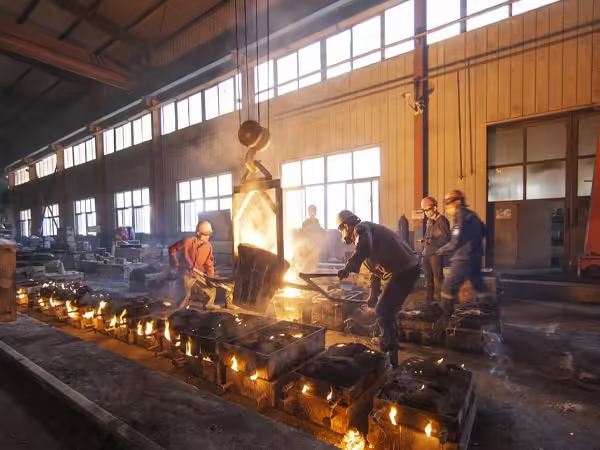
In the world of modern manufacturing, china resin sand casting has become a popular choice for many industries. It offers unique advantages that make it attractive for producing complex metal parts. By using a combination of resin binders and high-quality sand, this method allows for intricate designs and excellent dimensional accuracy. Manufacturers worldwide now look towards China for their resin sand casting needs due to its cost-effectiveness, technical expertise, and production efficiency.
Understanding what china resin sand casting entails and whether it fits your project’s requirements is critical before making a decision. In this article, we will explore everything you need to know, from its process to its benefits, drawbacks, applications, and frequently asked questions.
What Is China Resin Sand Casting?
Resin sand casting in China refers to a manufacturing process where metal components are formed using sand molds bonded with resin-based adhesives. Unlike the more traditional green sand casting methods, this technique employs chemically bonded sand, leading to stronger, more durable molds capable of maintaining finer details and tolerating higher stress.
Typically, the process unfolds in several key stages:
- Preparing the resin-coated sand mixture
- Shaping the mold using pre-designed patterns
- Curing the mold to achieve the necessary hardness
- Pouring molten metal into the finished mold cavity
- Allowing sufficient cooling time before demolding
- Cleaning and finishing the final metal part
Thanks to innovations in materials science and advanced equipment, this approach delivers enhanced precision, improved surface finishes, and enables the creation of intricate geometries that traditional methods may struggle to achieve.
Advantages and Disadvantages of China Resin Sand Casting
Selecting the right casting method can profoundly impact the quality, cost-efficiency, and lead time of a project. Among the various manufacturing techniques available today, resin-bonded sand casting, particularly from Chinese foundries, has grown increasingly popular. Known for supporting complex designs and tight tolerances, this method offers notable benefits—though it also presents certain challenges. Let’s take a closer look at both sides.
Kelebihan
Exceptional Dimensional Accuracy:
One of the standout advantages of this casting process is the ability to meet stringent tolerance requirements. The hardened resin molds provide stability, ensuring that final products maintain precise measurements. Industries such as aerospace, automotive, and heavy machinery particularly value this level of consistency.
Complex Design Capabilities:
Producing parts with intricate geometries, thin walls, or detailed internal structures becomes significantly easier. While traditional sand casting often falters with complicated shapes, the robust structure provided by resin-bonded molds supports and stabilizes even the most delicate features.
Superior Mold Strength:
By utilizing resin binders, molds gain exceptional resistance to deformation under high temperatures and metal flow pressures. This added strength minimizes casting defects like warping, cracks, and shrinkage, ensuring the end product is both durable and high-quality.
Material Flexibility:
The method adapts well to a broad range of metals and alloys—including steel, iron, and aluminum—offering versatility across diverse industries.
Reduced Post-Processing:
Components generally require less extensive machining after removal from the mold, improving overall production efficiency and reducing labor costs.
Keburukan
Higher Production Costs:
Compared to more basic casting techniques such as green sand casting, resin-based methods can involve significantly higher costs. Resin materials themselves are more expensive, and the specialized equipment needed for molding and curing adds to the financial investment—making this process less appealing for small-scale or budget-sensitive projects.
Environmental Impact:
The chemical resins used can emit volatile organic compounds (VOCs) during curing. Although many modern foundries have adopted cleaner technologies and improved ventilation systems to mitigate environmental concerns, emissions management remains an important consideration.
Specialized Equipment and Training:
Implementing this method requires advanced machinery and skilled operators familiar with resin-handling techniques. For workshops or facilities without these capabilities, the initial setup and training investment can be prohibitive.
When to Choose China Resin Sand Casting for Your Project
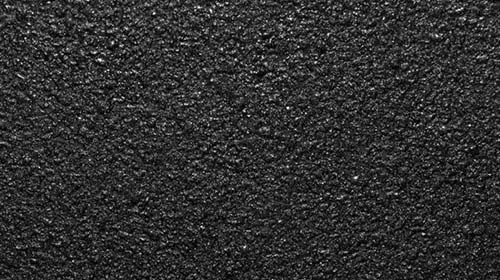
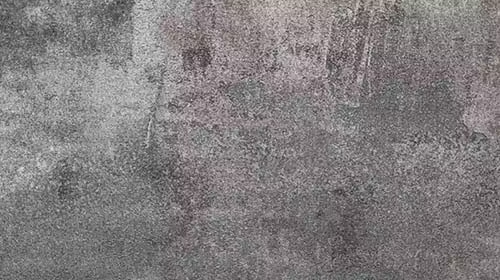
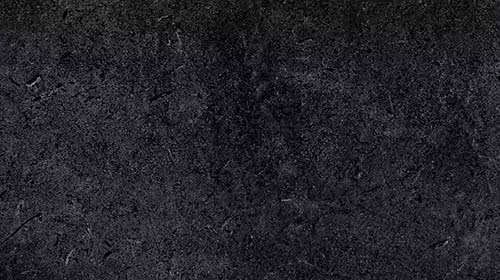
Choosing the right production method is all about aligning technical needs with business goals. Resin-bonded casting is an excellent option under the following conditions:
- Your component features intricate shapes, complex internal pathways, or thin sections.
- Precision and dimensional stability are crucial for the part’s performance.
- You’re working with materials that demand stronger mold structures to avoid defects.
- The project involves medium-to-large batch production, allowing setup costs to be amortized over a higher volume.
- You require parts with smooth surface finishes, reducing the need for costly post-processing.
However, for simpler shapes, low-volume orders, or projects with strict budget constraints, sticking with conventional green sand casting may prove more economical.
Aplikasi daripada China Resin Sand Casting
The versatility of china resin sand casting makes it ideal for a wide range of industries. Here are some typical sectors that benefit from this technology:
- Automotive (engine blocks, manifolds, housings)
- Aerospace (complex structural components)
- Machinery (gears, pump parts, valves)
- Construction equipment (frames, heavy-duty parts)
- Energy sector (turbine components, heavy casings)
As technology advances, even more industries are adopting resin sand casting to produce durable and high-performance parts.
Comparison of China Resin Sand Casting With Other Methods
Choosing the right casting method is critical to your project’s success. The table below highlights how china resin sand casting compares to other popular casting techniques:
| Casting Method | Ketepatan | kos | Kemasan Permukaan | Complexity | Jumlah Pengeluaran |
|---|---|---|---|---|---|
| China Resin Sand Casting | tinggi | Sederhana | Cemerlang | tinggi | Medium to High |
| Tuangan Pasir Hijau | Sederhana | rendah | Fair | rendah | tinggi |
| Pemutus Pelaburan | Sangat Tinggi | tinggi | Cemerlang | Sangat Tinggi | Low to Medium |
| Die Casting | tinggi | tinggi | Cemerlang | Sederhana | tinggi |
From the table, it’s clear that china resin sand casting strikes a balance between precision, cost, and complexity, making it a flexible option for various industries and project needs.
How to Ensure Quality in China Resin Sand Casting Projects
Quality control is essential when working with china resin sand casting. Here are some strategies to maintain high standards:
- Partner with Experienced Foundries: Choose manufacturers with proven expertise in resin sand processes.
- Detailed Design Specifications: Clearly define tolerances, materials, and finishing requirements.
- Regular Inspection: Implement dimensional checks and non-destructive testing.
- Material Certification: Request certifications to verify the quality of metals used.
- Mold Testing: Test molds for strength and curing before production begins.
Following these practices ensures that your project benefits from the best that china resin sand casting can offer.
Common Challenges in China Resin Sand Casting
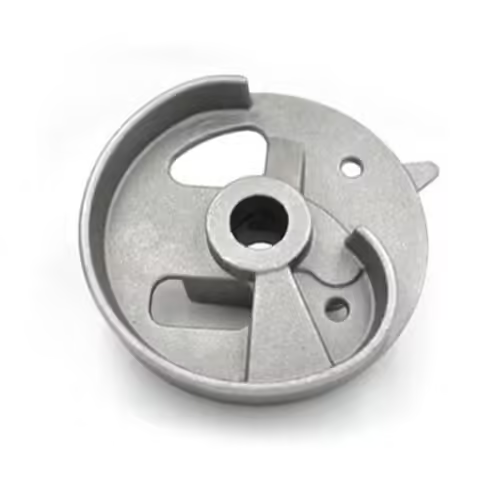
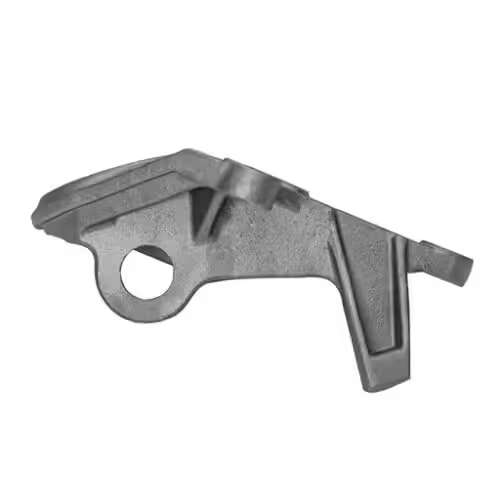
Even though china resin sand casting has many advantages, some challenges still exist:
- Mold Cracking: Improper curing or incorrect sand-resin ratios can cause cracks.
- Gas Porosity: Insufficient ventilation in the mold can lead to gas bubbles inside castings.
- Dimensional Variations: Errors in pattern making or mold setup can affect final dimensions.
- Surface Defects: Improper sand handling can cause rough surfaces or inclusions.
Identifying these potential pitfalls early allows manufacturers to take corrective measures and maintain part integrity.
Kesimpulan
After examining all aspects of china resin sand casting, it is evident that this method is an excellent choice for projects demanding precision, complex designs, and superior surface quality. Its balance between cost and performance makes it an attractive option across industries such as automotive, aerospace, and heavy machinery.
However, it is important to weigh your specific project requirements carefully. Factors such as budget, volume, and technical needs should guide your decision. In many cases, investing in china resin sand casting can yield higher long-term returns through better-quality parts and reduced post-processing time.
Choosing the right partner and implementing stringent quality control measures are crucial to harnessing the full benefits of this casting method.
Soalan Lazim
What metals can be used in china resin sand casting?
A variety of metals can be used, including cast iron, carbon steel, stainless steel, aluminum, and other specialty alloys. This flexibility is one of the reasons for the method’s wide adoption.
Bagaimana china resin sand casting differ from green sand casting?
While green sand casting uses wet sand as a mold material, resin sand casting uses chemically bonded sand, resulting in stronger molds, better surface finishes, and more complex geometries.
Is china resin sand casting mesra alam?
The process involves resins that may emit volatile organic compounds, making it less eco-friendly than some alternatives. However, many foundries now adopt measures to control emissions and recycle materials to minimize environmental impact.
What is the typical production time for china resin sand casting?
Production times vary depending on part complexity and foundry capacity, but resin sand molds generally require longer setup compared to green sand molds due to the curing process.
boleh china resin sand casting be used for low-volume production?
While it is best suited for medium to high-volume production runs, small batches are possible but may not be cost-effective compared to other methods like green sand casting or investment casting.
Kategori Produk
- Bahagian Injap
- Bahagian Pam Air
- Bahagian Kotak Galas
- Bahagian Die Casting
- Produk Pam Keluli Tahan Karat
- Produk Pam Besi Tuang
- Bahagian Injap Untuk Kegunaan Kereta
- Bahagian Kenderaan
- Bahagian Injap Untuk Kegunaan Awam
- Bahagian Pam Vakum KF

